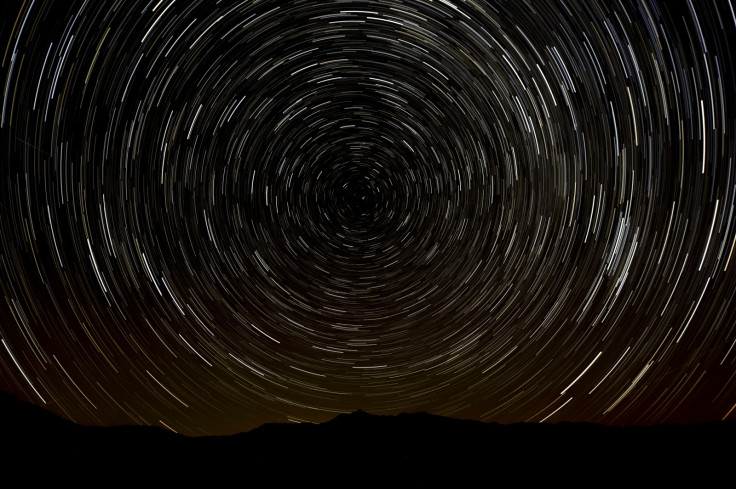Perseid Meteor Shower 2014: Everything You Need to Know About 'Fireball Champion' of Shooting Stars

This year's Perseid meteor shower is set to light up the night sky in a spectacular fashion over the next few days, as one of the hotly anticipated astronomical events of 2014.
The shower is expected to peak between 11 and 13 August and with a dark, clear sky, it is possible to see over 100 meteors in an hour.
The Perseids are a prolific meteor shower associated with the comet Swift-Tuttle and are named after the point where they appear to originate, in the constellation Perseus.
The stream of debris is called the Perseid cloud, consisting of particles ejected by the comet as it travels among its 133-year orbit. It last passed Earth in 1992.
When the Earth passes through, the dust cloud particles hit the atmosphere at around 140,000 mph and burn up in streaking flashes of light, creating the shooting stars.
The shower is visible from around mid-July each year and can be seen all across the sky, but is particularly visible in the northern hemisphere.
In a 2008 study conducted by a team led by Dr Bill Cooke, from Nasa's meteoroid environment office, the Perseids were shown to be the "fireball champion" of meteor showers.
"We see more fireballs from Swift-Tuttle than any other parent comet," said Cooke, as reported by the Guardian.
Tony Markham, director of the Society for Popular Astronomy, recommended that skywatchers observe the night sky with their backs to the moon or keep it hidden behind a nearby building.
"The Perseids are rich in bright meteors and so many Perseids will still be seen despite the moonlit sky background," he told the Independent.
EarthSky also suggests viewing the shower early in the morning, as some bright Perseids "will probably be able to overcome the moon-drenched skies".
According to Universe Today, you can find out if you're watching a genuine Perseid by following the trail backwards, to see if it points to the northeast. The meteors will appear a short distance below the "W" or Cassiopeia constellation in the northeastern sky.
The earliest information on the meteor shower is found in Chinese annals, dating back to around AD 36. However, Belgian scientist Adolphe Quetelet is recognised for identifying that the Perseids emanated from Perseus in 1835.
Catholics occasionally refer to the Perseids as the "tears of St Lawrence" - as 10 August marks the date of the saint's martyrdom.
© Copyright IBTimes 2024. All rights reserved.





